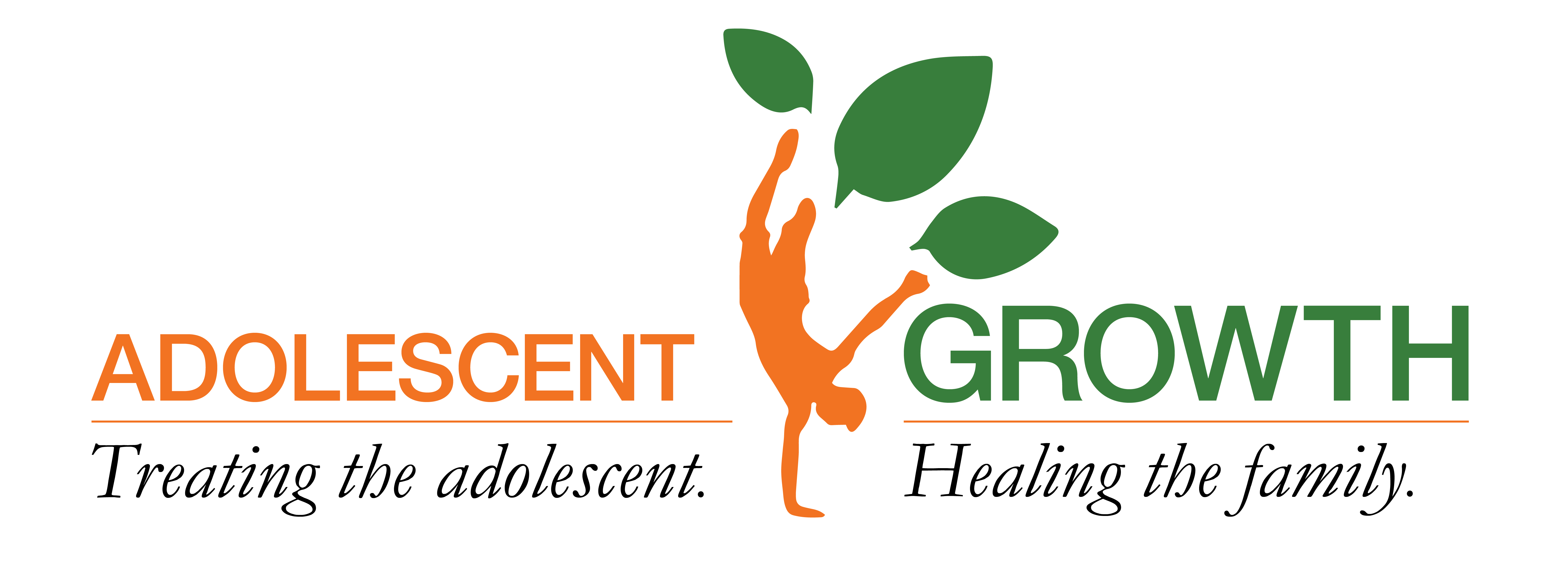Different Types of Eating Disorders
Eating disorders commonly affect individuals of all ages, from pre-teens up to and including adulthood. There are three main types of eating disorders that most individuals are diagnosed with – Anorexia Nervosa, Bulimia Nervosa, and Binge Eating Disorder. Each diagnosis involves negative feelings regarding eating, food, and physical appearance. Most suffer from lowered self-esteem and a distorted image of themselves despite how they may appear.
Definition of An Eating Disorder
The Mayo Clinic has defined eating disorders as a group of serious medical conditions in which an individual is completely pre-occupied with eating and losing weight. Serious physical health problems can result from eating disorders. However, there is usually an underlying psychological issue going on at the same time as the disorder, including anxiety or depression. These need to be addressed in conjunction with the disorder.
Although most of the individuals who struggle with an eating disorder are female, males can develop them as well. Women are nine times more likely to develop an eating disorder compared to men. Recommended treatment regimens for these different types of eating disorders include:
- Family counseling
- Hospitalization
- Medications
- Nutrition education and therapy
- Psychotherapy
The Most Common Types of Eating Disorders
Anorexia Nervosa
Those suffering from anorexia nervosa refuse to eat, or severely restrict their diet in an effort to lose weight or prevent weight gain. At times, the person will become extremely thin and health will be compromised due to lack of nutrients.
Anorexia Nervosa symptoms and warning signs:
- A layer of soft body hair (Lanugo)
- Abdominal pain
- Appearing too thin
- Being cold frequently
- Being pre-occupied with dieting, exercise, and food
- Constipation
- Dehydration
- Denying hunger and refusing to eat
- Distorted, negative self esteem and self-image
- Dizziness and fainting
- Dry skin
- Exercising excessively
- Intense fear of getting fat or being overweight
- Irregular heartbeat
- Irregularities with menstrual cycles or complete loss of menstruation cycle (amenorrhea)
- Lack of emotions or moods
- Lower blood pressure
- Withdrawing from those around you
Bulimia Nervosa
A person suffering from bulimia nervosa will have instances of bingeing in which they consume a large amount of food, followed by periods of purging in which they attempt to remove what they have eaten from their system in a repetitive cycle. Purging involves the use of diuretics, enemas, and laxatives as well as self-induced vomiting.
Bulimia Nervosa symptoms and warning signs:
- A focus on body shape and weight that is totally unhealthy
- Abnormal bowel functions
- Abusing diuretics, enemas, and laxatives
- Calluses, scars, and sores on the hands or knuckles
- Continual dieting and/or fasting
- Damaged gums and teeth
- Dehydration
- Distorted, negative self esteem and self-image
- Eating high-fat content foods and sweets until you are in pain or extremely uncomfortable
- Exercising excessively
- Feeling that your eating behavior is out of control
- Immediately heading to the restroom when during meals or once you have finished eating
- Irregular heartbeat
- Irregularities with menstrual cycles or complete loss of menstruation cycle (amenorrhea)
- Self-induced vomiting
- Sores in the mouth and throat or on the tongue
- Substance abuse (alcohol or drugs)
- Swollen salivary glands
Binge Eating Disorder
Binge eating disorder is similar to bulimia nervosa in that a large quantity of food will be consumed in a short period of time, however, instances of purging do not occur. Typically, in binge eating disorder, binging periods are followed by emotional distress or shame due to the binge.
Binge Eating Disorder symptoms and warning signs:
- Consuming more food or snacks during a binge eating episode than what you normally would eat
- Eating alone frequently
- Eating faster during these binge eating episodes
- Eating until you are in pain or uncomfortable
- Feeling that you cannot control your eating behavior
- Feelings of depression, disgust, or upset over how much you have eaten
Lesser Known Types of Eating Disorders
Anorexia Athletica (Sports Anorexia)
Also referred to as hypergymnasia, anorexia athletica is characterized by obsessively and compulsively exercising or working out at a gym. Generally, this type of an abnormal obsession develops as a person becomes consumed with the way his or her body looks. Someone suffering with anorexia athletica will continue to exercise habitually even when they have reached their exercise level. Time spent exercising continually increases. Their athletic goals are never reached. If they do not exercise they feel guilty about not doing it and can develop very low self-esteem. Dangerous health issues can arise such as heart problems and possibly death. Anorexia athletica can also develop into other eating disorders such as bulimia nervosa.
Signs and Symptoms of Anorexia Athletica
- Constantly talk about the fear of becoming heavy or obese
- Losing an extreme amount of weight
- Signs of depression
- Consuming less calories that they normally would
- Complaining of digestive problems like heartburn or nausea
Drunkorexia
The Dangers of Drunkorexia
Rare Eating Disorders
At times, some people struggle with food, while others may ingest items not meant to be eaten. Please note, some of the below disorders include graphic descriptions where harmful items are ingested. If you struggle with any of the following, please get help immediately, as long-term damage can result from the following.
- Acuphagia – eating sharp objects
- Amylophagia – eating laundry detergents (washing powder)
- Cautopyreiophagia – eating matches once they have been burned
- Coprophagia – eating animal or human feces
- Geomelophagia – eating uncooked potatoes
- Geophagia – eating soil
- Lithophagia – eating stones
- Mucophagy – eating mucus
- Ortharexia nervosa – the obsession to consume healthy foods
- Pagophagia – eating ice instead of food
- Pica – craving and eating non-food substances (e.g. rocks or sand)
- Plumbophagia – eating lead
- Trichophagia – eating hair
- Xylophobia – eating wood
Who is at Risk for Developing An Eating Disorder?
Young Women
Mental Health Diagnosis
Genetic Impact
What Happens if an Eating Disorder is Left Untreated?
When it’s Time to Get Professional Help
Since the different types of eating disorders seemingly take control of the individual, it can be extremely difficult to manage them or overcome them on your own. It is always recommended that you get the professional help offered by an eating wellness center instead of trying to do it yourself.

